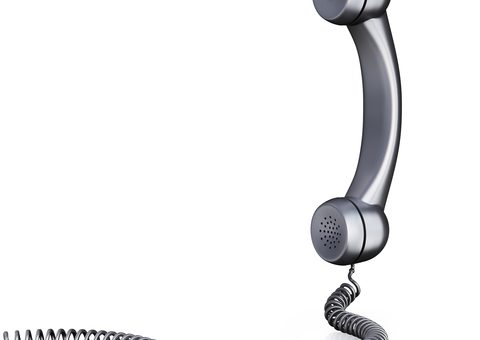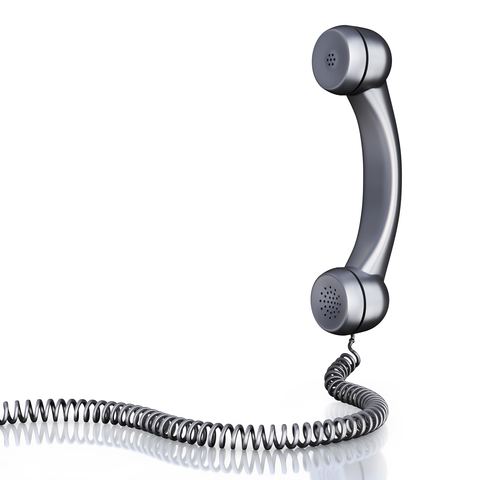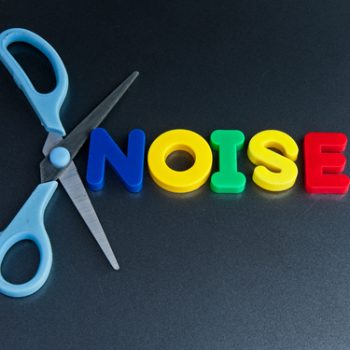
Reference based Noise Reduction
- On July 28, 2022
- contact center, RNR
Background
Ambient noise during phone calls is annoying especially when the phone calls are a significant part of your business. Let’s assume you run a call center or a shared workspace and there is temporary (or constant) source of noise that is picked up by the phones of the agents and therefore this noise is being heard by your customers. The source of noise can be a nearby coffee corner, other agents or employees shouting, an internal PA system, etc. Regular noise reduction solutions will find it difficult to automatically identify these sounds as noise since in many cases they contain human voices that in other cases could be a legitimate part of the call.

noise in a coffee corner
Introducing a reference signal
Reference based Noise Reduction (RNR), is a method that enables the noise reduction algorithm to identify which sounds are a legitimate part of the call and which sounds should be considered as noise in the phone call and therefore should be removed. In order for this technology to work, the noise reduction algorithm should receive a reference audio signal that contains the noise.

capturing reference audio signal
For example such a reference audio signal can be provided by a microphone that is placed in the coffee corner and records the noise coming from the coffee corner. The RNR algorithm can use this reference audio to remove, from the phone calls, the noise coming from the coffee corner. Technically, this is done by “subtracting” the audio that appears in the reference signal (i.e. the noise) from the audio of the phone call.
Noise Firewall enables RNR automatically and transparently
This sophisticated RNR technology is now available in SoliCall’s Noise Firewall solution and works automatically & transparently without making any change to the hardware or adding additional phones or microphones. The Noise Firewall listens to all calls, identifies the location of each voice/noise, builds a Noise Map and removes the noise.
Conclusion
RNR is a powerful technology that enables you to attenuate from your calls any type of noise including voices of other people talking around you. The Noise Firewall implements this technology automatically and transparently and is available for almost any telephony environment.


